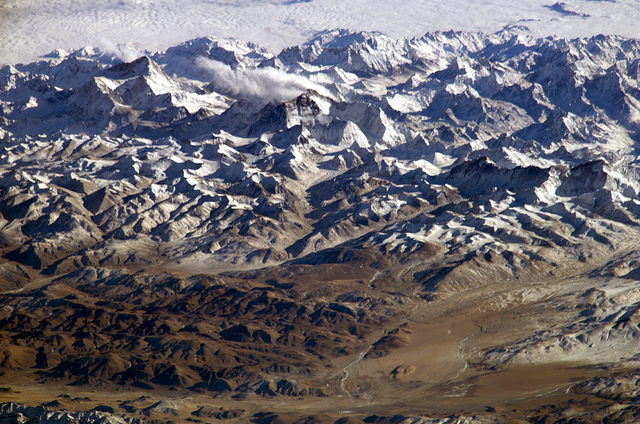Snow Data from Satellites Improves Seasonal Temperature Predictions
November 20, 2017

Computer climate models that include data about snow coverage can significantly improve seasonal temperature predictions.
The findings, published in November 2016 in Geophysical Research Letters, could help farmers, water providers, power companies and others that use seasonal climate predictions — forecasts of conditions months in the future — to make decisions. Snow influences the amount of heat that is absorbed by the ground and the amount of water available for evaporation into the atmosphere, which plays an important role in influencing regional climate.
“We’re interested in providing more accurate climate forecasts because the seasonal timescale is quite important for water resource management and people who are interested in next season’s weather,” said Peirong Lin, the lead author of the study and a graduate student at the Jackson School of Geosciences.
The researchers found that incorporating snow data from the Northern Hemisphere collected by NASA satellites improved regional temperature predictions by 5 to 25 percent. These findings are the first to go beyond general associations and break down how much snow can impact the temperature of a region months into the future.
The study examined seasonal data from 2003 through 2009, so the researchers could compare the model’s predictions to recorded temperatures. The model ran predictions in threemonth intervals, with January, February and March each used as starting months.
The study’s other co-authors are Jackson School researcher Jiangfeng Wei, Ph.D. student Kai Zhang, and Yongfei Zhang, a former Jackson School Ph.D. student who is now a postdoctoral researcher at the
University of Washington.
The research was funded by a grant from the National Natural Science Foundation of China and the Jackson School of Geosciences.
Back to the Newsletter